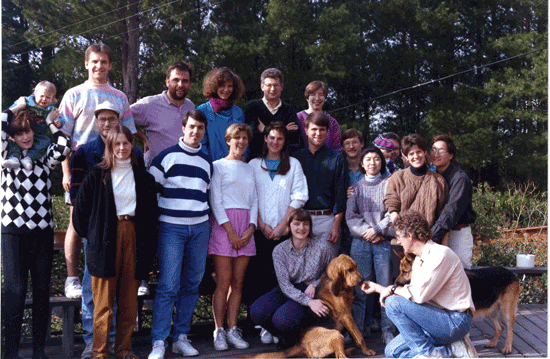Rick Bram
Rick Bram came to the lab after finishing his residency in Pediatrics. Rick defined the active cyclophilins and based on this information cloned the CAML protein that modulates Ca2+ influx in response to signals and interacts with the backside of the active cyclophins. Rich went to St Jude Research Institute after leaving the lab and […]





